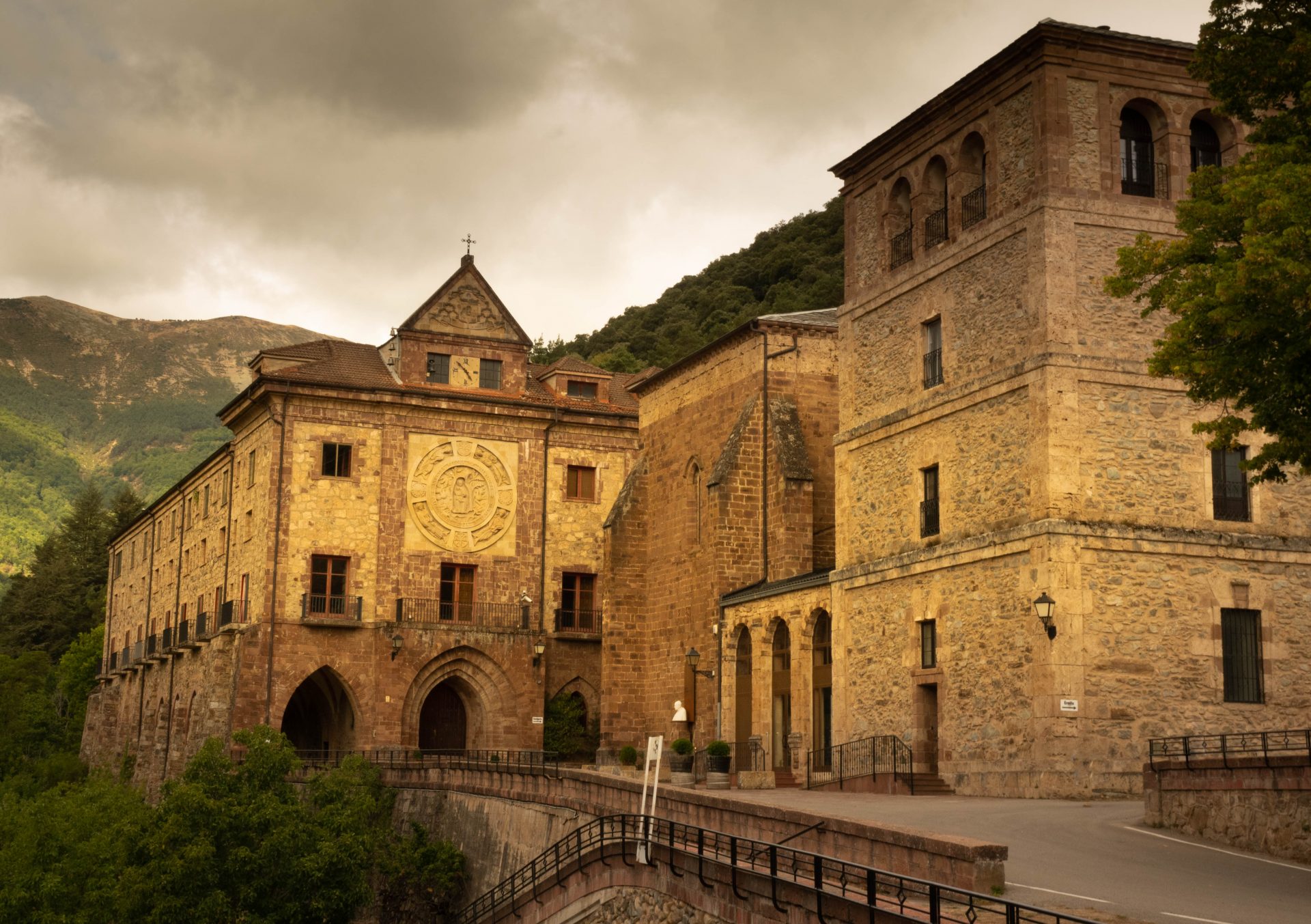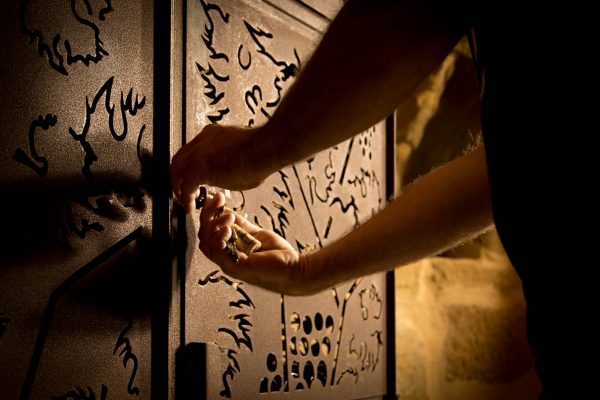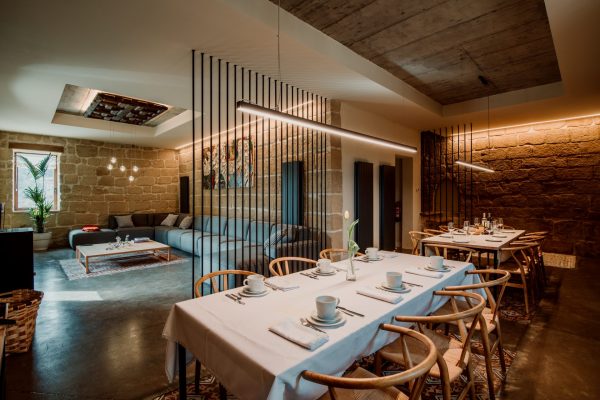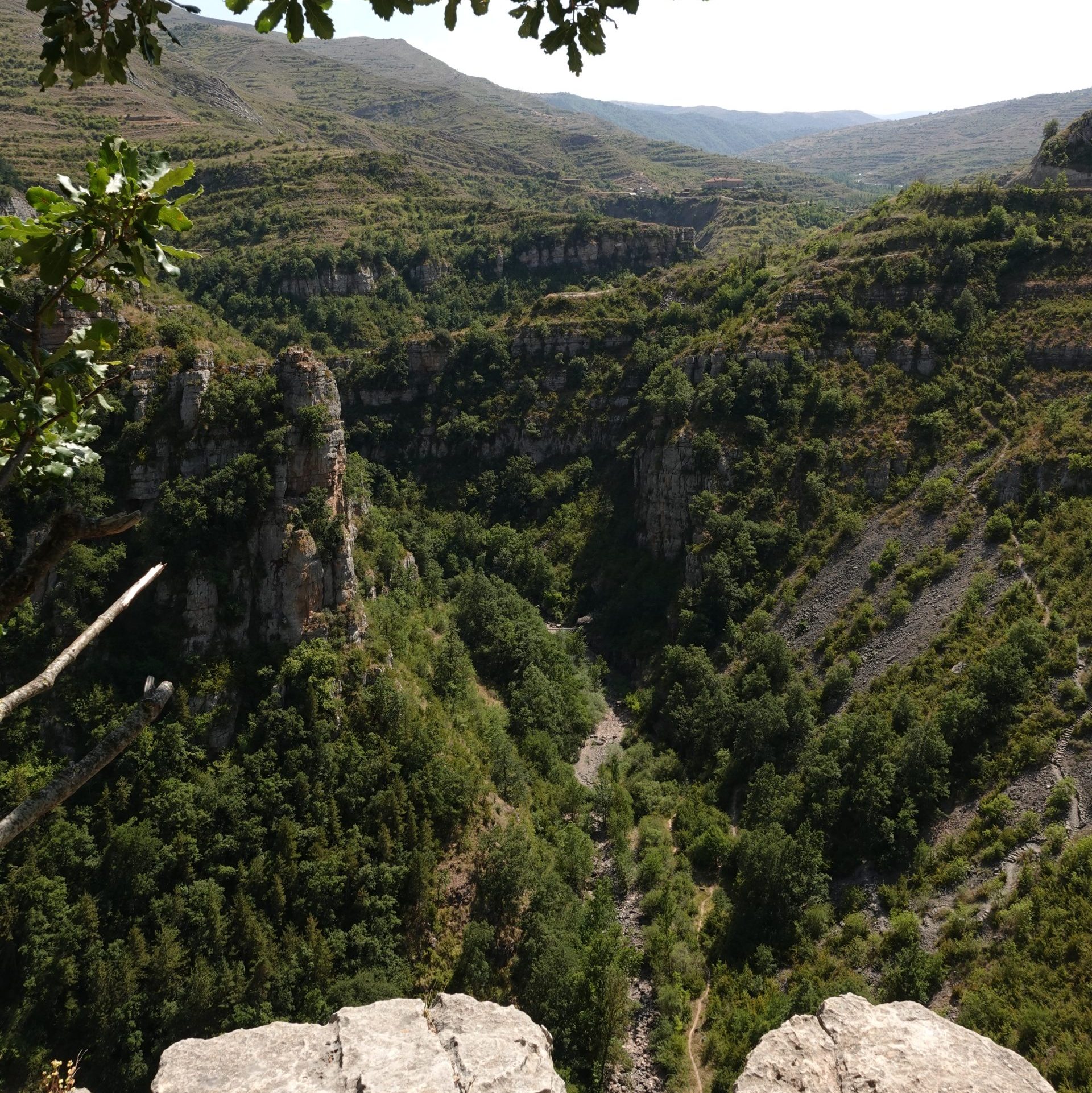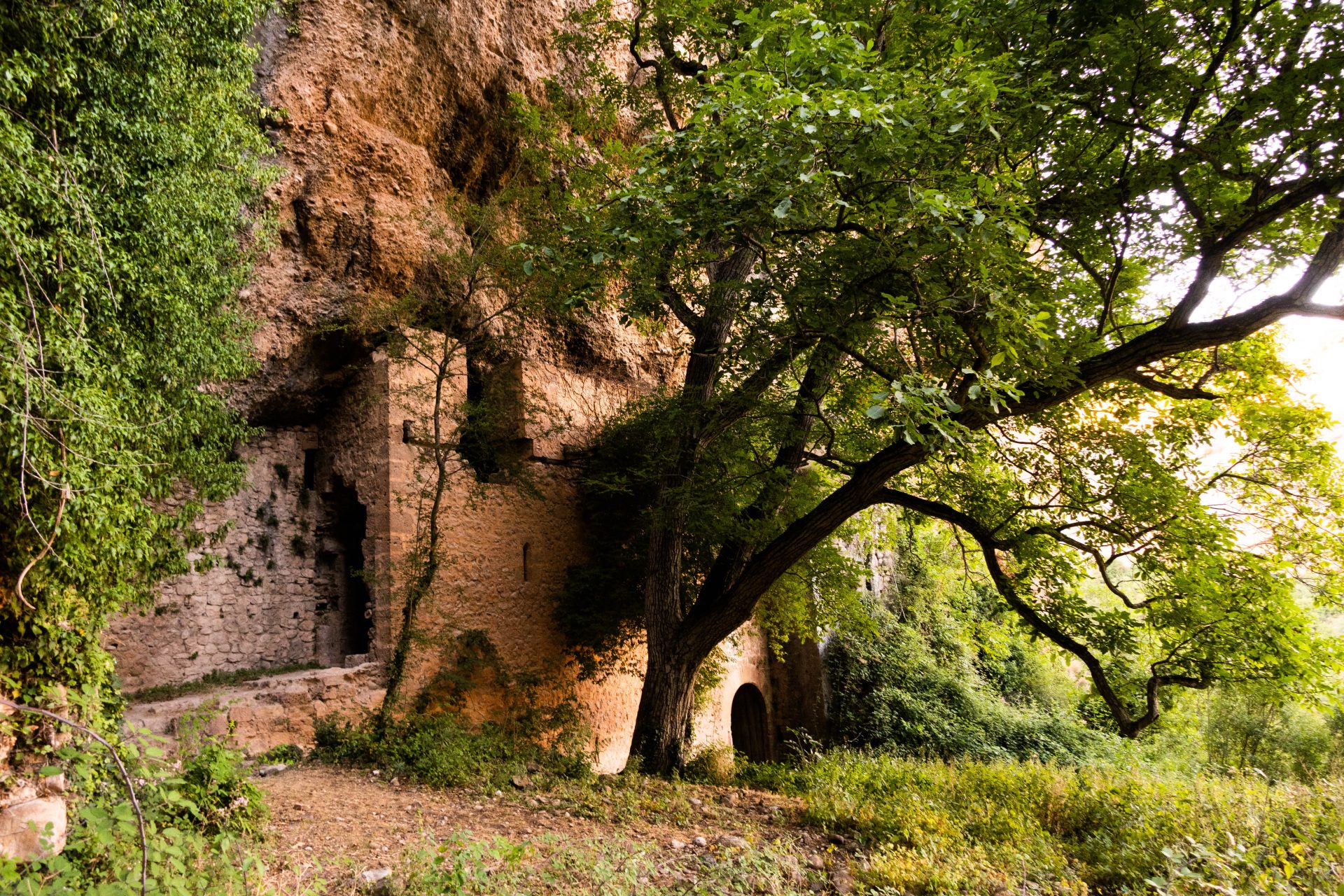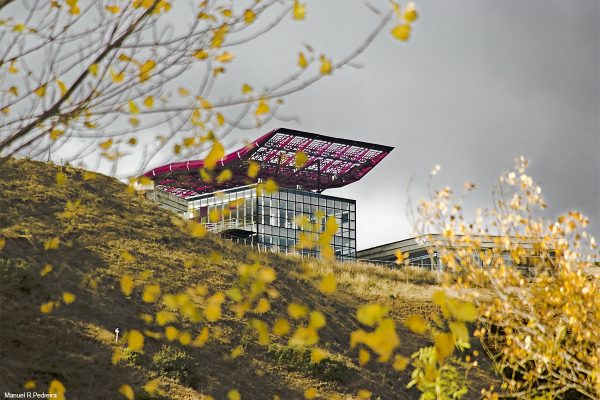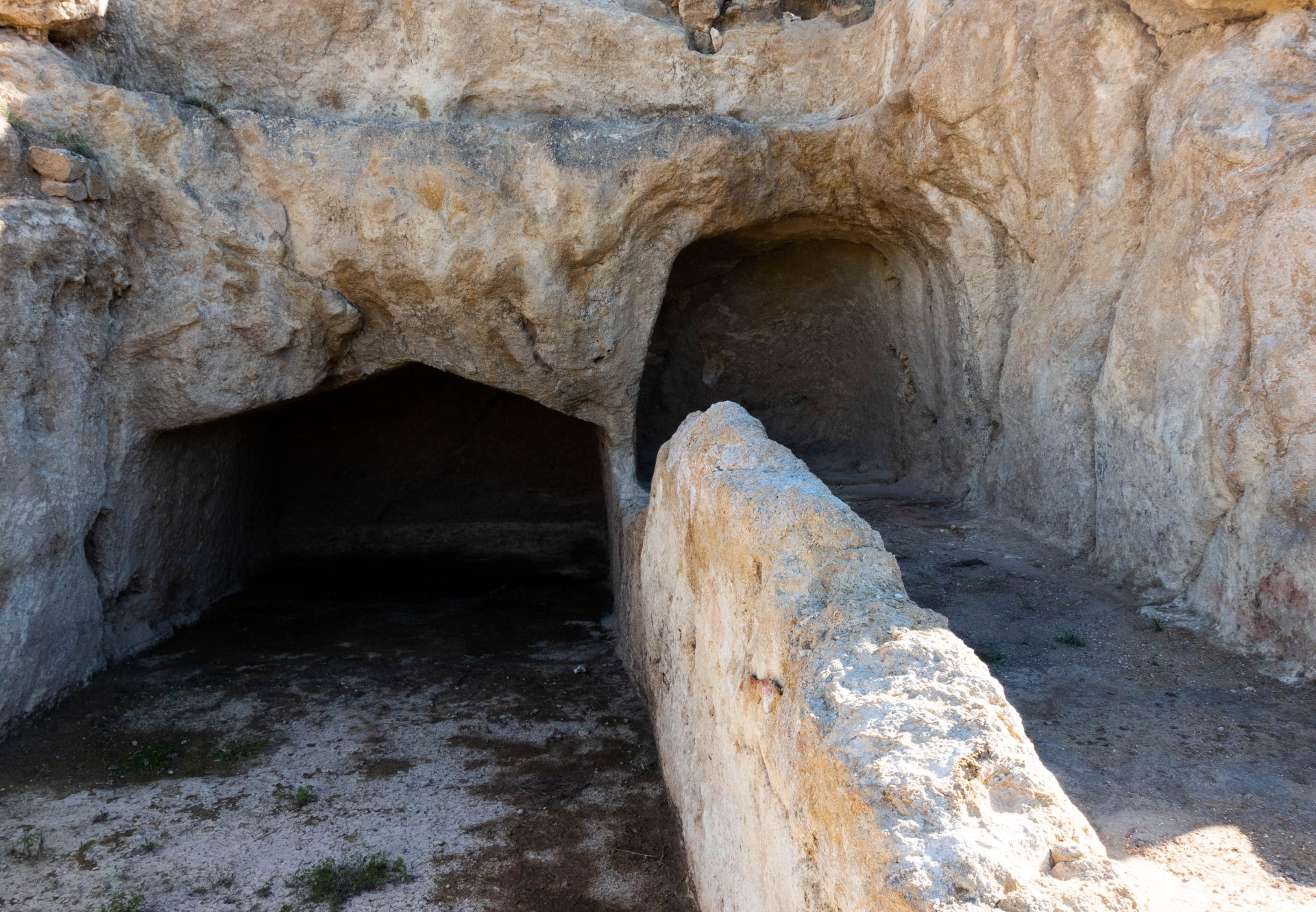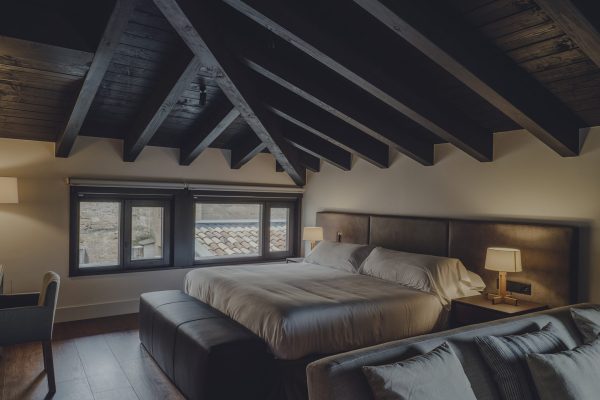Receive the FREE weekly NEWSLETTER and download the roadmap to plan your getaway.
- Weekly Newsletter
- Roadmap
RESPONSIBLEDiana Rebollar.
PURPOSE: send you my new contents and what I see that may be of interest to you (No SPAM)
LEGITIMACY: your consent (that you agree)
TARGETThe data you provide to me will be located on the servers of MailChimp (lariojapremium.com's email marketing provider) outside the EU in the USA. MailChimp is covered by the EU-US Privacy Shield agreement, approved by the European Data Protection Committee.
RIGHTSYou have the right, among others, to access, rectify, limit and delete your data.

